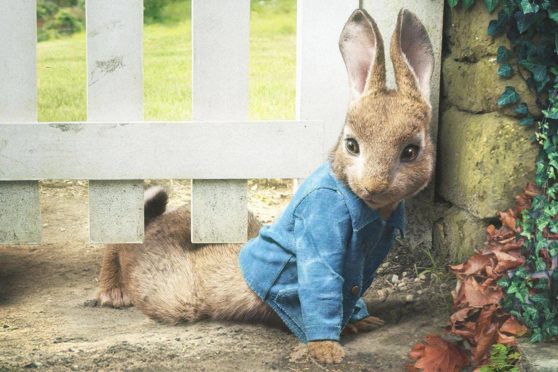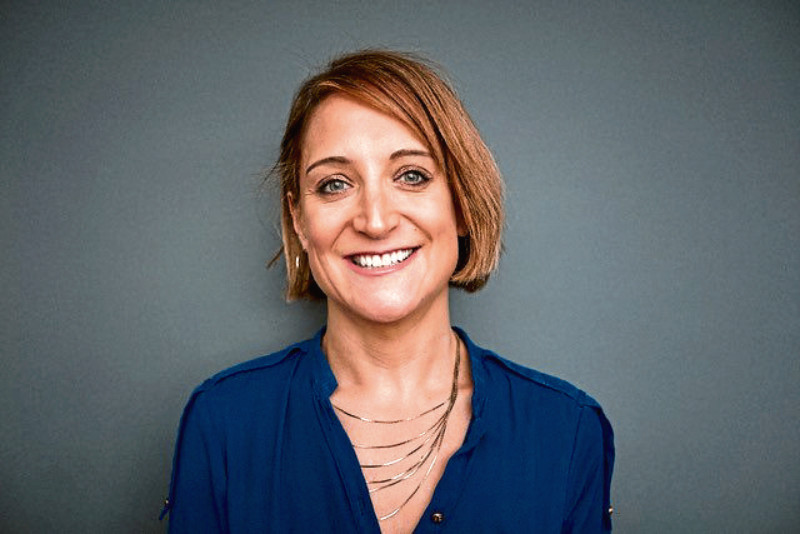
Beatrix Potter penned some of our most beloved children’s books. But biographer, Nadia Cohen, says that’s not the whole story. She tells The Sunday Post about the real Beatrix – hardworking farmer, businesswoman and trailblazing feminist.
Why write about Beatrix Potter?
I wanted to understand what it was like for Beatrix to defy her class and her family, to leave home and strike out on her own when those were shockingly unusual things for a woman to do at the time.
How was Beatrix brought up?
She was born in 1866 into the rigid confines of Victorian London. Her parents had servants and she was not allowed to go anywhere unaccompanied.
Beatrix was desperate to be sent to school but her parents thought it a waste of money, since her role in life was simply to marry well and churn out children. Beatrix wasn’t remotely interested in either.
What are her connections to Scotland?
The Potters’ early annual summer holidays were spent at Dalguise, an estate they rented on the banks of the River Tay in Perthshire.
Beatrix was allowed a level of freedom never afforded to her in the capital. She could roam the unspoilt countryside for hours on end, firing her imagination and passion for nature.
Early seeds of her famous fictional characters started to take shape at Dalguise. She noticed the tiny minutiae of animals’ individual and almost human characteristics.
Who was the real Beatrix Potter?
She was a shrewd businesswoman, a canny marketing expert and a hardworking – though often irritable – farmer.
She bought up great swathes of land across England’s picturesque Lake District to protect it from the onslaught of modern development.
She was a passionate environmental campaigner, something of an eco-warrior and a trailblazing feminist, many years before the terms had even been coined.
What inspired Peter Rabbit?
She would write long, illustrated letters to her friends’ children, as she had none of her own. When her former governess’s son Noel Moore was ill, she sent him stories about a naughty rabbit called Peter.
Were her books an instant success?
Unable to find a publisher who could see potential in her stories, Beatrix paid to publish The Tale Of Peter Rabbit herself and was astounded when it sold out. She was then approached by publisher Warnes. They went on to forge a successful working partnership which endured throughout her life.
Who was Beatrix, the businesswoman?
She took a great deal of interest in lucrative publishing deals and would discuss royalties, copyright issues and sales percentages.
She was ahead of her time when it came to merchandising and oversaw the design and manufacture of a wide range of branded products, from hot water bottles to christening mugs – being among the first children’s authors to think of creating toy versions of her most popular characters.
She took up farming later in life and was also one of the founders of the National Trust, strategically buying up land across Cumbria which she would eventually bequeath to the nation.
By the time she died in 1943, she owned 14 farms and 4,000 acres of land.
When she was running more than a dozen farms she employed a large number of men but refused to pay them directly. Instead she would give the cash to their wives in case the men spent it “inappropriately” in pubs.
What makes her writing so enchanting and timeless?
The little white books and their distinctive watercolour drawings have become classics, instantly recognisable to generations of children all over the world.
Unwittingly Beatrix created adorable and memorable stories, which have now become as familiar to children as traditional fairy tales or bible stories.
The Real Beatrix Potter is published by Pen and Sword.

Enjoy the convenience of having The Sunday Post delivered as a digital ePaper straight to your smartphone, tablet or computer.
Subscribe for only £5.49 a month and enjoy all the benefits of the printed paper as a digital replica.
Subscribe